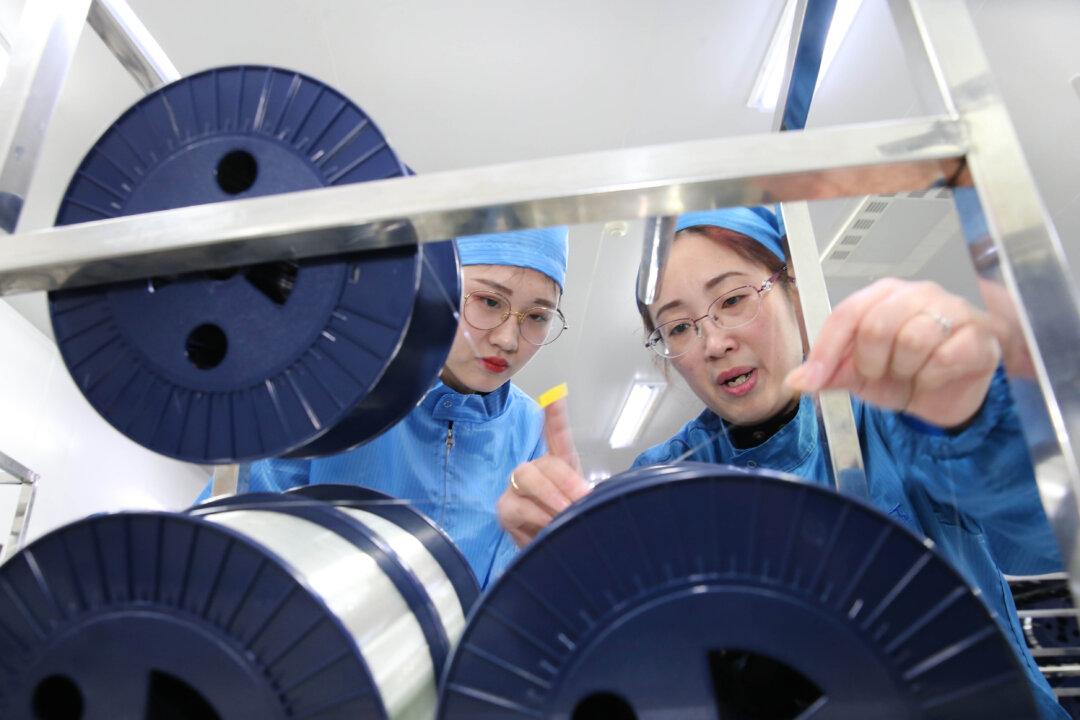News Analysis
A weakening manufacturing sector will likely push Beijing authorities to issue fresh rounds of stimulus measures going forward.

A weakening manufacturing sector will likely push Beijing authorities to issue fresh rounds of stimulus measures going forward.